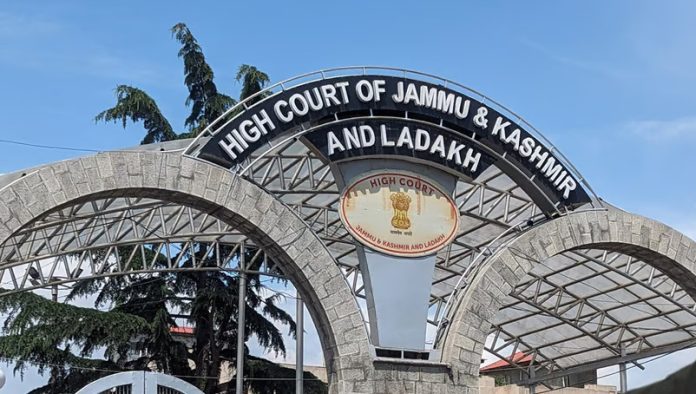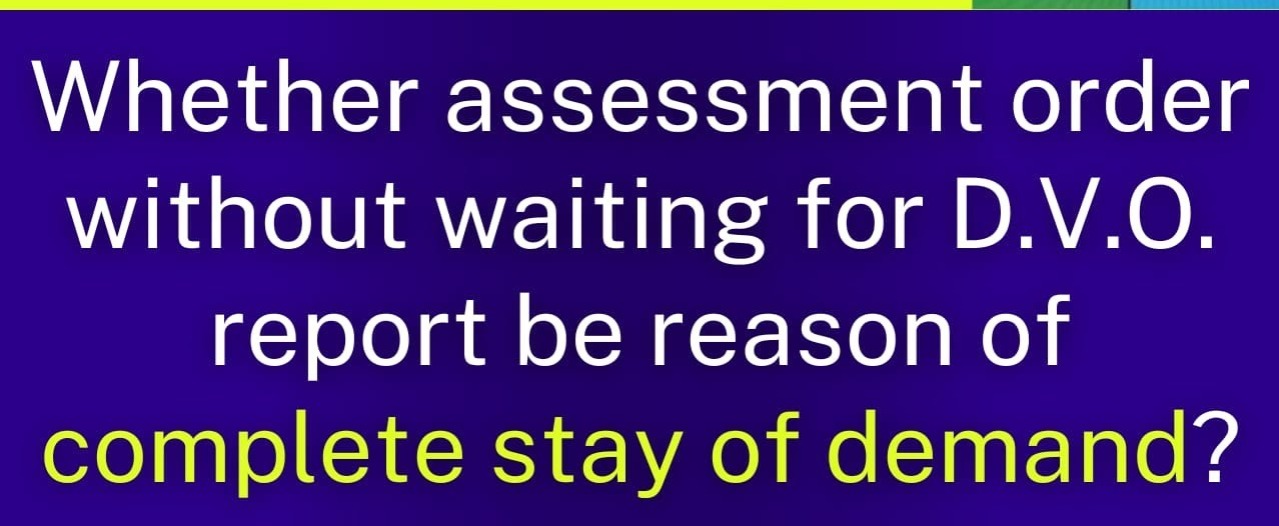Rajendra Chandra Singh Samant, J
1. This revision petition has been preferred against order dated 12.01.2021 passed by the learned Additional Sessions Judge (F.T.C.)/ Special Judge
(POCSO)/ Child Court, Korba, District-Korba (C.G.) in Special Case (POCSO) No. 35/2019, dismissing the application filed by the applicant under
Section 91 of the Cr.P.C.
2. It is submitted by learned counsel for the applicant that the applicant is being prosecuted for charges under Section 363 & 376 of I.P.C. and Section
4 of the Protection of Children from Sexual Offences Act, 2012. The applicant has raised a plea that he was juvenile on the date of incident, however,
the learned trial court has initiated an enquiry for determination of age of the applicant. It was during pendency of this enquiry, the applicant made a
prayer under Section 91 of the Cr.P.C. to summon the documents of Kotwari Register from office of the Collector. The applicant has earlier made an
attempt to obtain copy of Kotwari Panji through R.T.I., but he could not succeed. Prayer of the applicant has been rejected by the impugned order.
3. It is submitted that the impugned order is erroneous. The document prayed for summon by the applicant was essential for determination of the
question of juvenility of the applicant. The reason assigned in the impugned order is that the document of Kotwari Panji, does not found mention in
Section 94 of the Juvenile Justice (Care and Protection of Children) Act, 2015 (for short “the Act, 2015â€). It is further submitted that in case of
Sunil Vs. State of Haryana, reported in 2009 CJ (SC) 1724, the Hon'ble Supreme Court specifically directed that in what manner, age of the minor
victim shall be determined. This direction is similarly applicable in determination of age of the juvenile also. Further, relying on judgment of the
Supreme Court in State of Orissa Vs. Debendra Nath Padhi, reported in (2003) 2 SCC 711, it has been held that the accused has entitlement to seek
order under Section 91 of the Cr.P.C. In the present case, the applicant is claiming himself to be a juvenile and for being treated as juvenile offender.
Hence, invoking of Section 91 of the Cr.P.C. by the applicant, is not barred, therefore, the impugned order is not sustainable, which is liable to be set
aside and it is prayed that relief may be granted to the applicant.
4. Learned State counsel opposes the petition submitting that in case of Devendra Nath Padhi (Supra), it has been clearly held by the Supreme Court
that the stage of invoking the power under Section 91 of the Cr.P.C., would be ordinarily available to the accused when he enters into defence. It is
further submitted that in Section 94 of the Act, 2015 and in the directions in the case of Devendra Nath Padhi (Supra), there is no mention of any
Kotwari Register, therefore, the Kotwari Register is a document, which has no authenticity and cannot be relied upon for determination of age of the
accused or the victim. Hence, the learned court below has not committed any error in rejecting the application filed by the applicant under Section 91
of the Cr.P.C.
5. I have heard learned counsel for the parties and perused the documents placed on record.
6. Considered on the submissions made by the counsel from both the sides. The guidelines issued by the Supreme Court in case of Jarnail Singh Vs.
State of Haryana, reported in (2013) 7 SCC 263, regarding determination of age of the accused under paragraph 22, which is reproduced hereunder:-
“22. On the issue of determination of age of a minor, one only needs to make a reference to Rule 12 of the Juvenile Justice (Care and Protection
of Children) Rules, 2007 (hereinafter referred to as the 2007 Rules). The aforestated 2007 Rules have been framed under Section 68(1) of the
Juvenile Justice (Care and Protection of Children) Act, 2000. Rule 12 referred to hereinabove reads as under :
“12. Procedure to be followed in determination of age.- (1) In every case concerning a child or a juvenile in conflict with law, the court or the
Board or as the case may be the Committee referred to in rule 19 of these rules shall determine the age of such juvenile or child or a juvenile in
conflict with law within a period of thirty days from the date of making of the application for that purpose.
2. The court or the Board or as the case may be the Committee shall decide the juvenility or otherwise of the juvenile or the child or as the case may
be the juvenile in conflict with law, prima facie on the basis of physical appearance or documents, if available, and send him to the observation home
or in jail.
3. In every case concerning a child or juvenile in conflict with law, the age determination inquiry shall be conducted by the court or the Board or, as
the case may be, the Committee by seeking evidence by obtaining â€
(a)(i) the matriculation or equivalent certificates, if available; and in the absence whereof;
2. the date of birth certificate from the school (other than a play school) first attended; and in the absence whereof;
3. the birth certificate given by a corporation or a municipal authority or a panchayat;
 and only in the absence of either (i), (ii) or
61. of clause (a) above, the medical opinion will be sought from a duly constituted Medical Board, which will declare the age of the juvenile or child. In
case exact assessment of the age cannot be done, the Court or the Board or, as the case may be, the Committee, for the reasons to be recorded by
them, may, if considered necessary, give benefit to the child or juvenile by considering his/her age on lower side within the margin of one year. and,
while passing orders in such case shall, after taking into consideration such evidence as may be available, or the medical opinion, as the case may be,
record a finding in respect of his age and either of the evidence specified in any of the clauses (a)(i), (ii), (iii) or in the absence whereof, clause (b)
shall be the conclusive proof of the age as regards such child or the juvenile in conflict with law.
(7) The Act, 2015, which has been enacted later on provides in Section 94 (2) of the Act, which is as under:-
“94 (2). In case, the Committee or the Board has reasonable grounds for doubt regarding whether the person brought before it is a child or not, the
Committee or the Board, as the case may be, shall undertake the process of age determination, by seeking evidence by obtainingâ€
1 the date of birth certificate from the school, or the matriculation or equivalent certificate from the concerned examination Board, if available; and in
the absence thereof;
2 the birth certificate given by a corporation or a municipal authority or a panchayat;
3 and only in the absence of (i) and (ii) above, age shall be determined by an ossification test or any other latest medical age determination test
conducted on the orders of the Committee or the Board:
Provided such age determination test conducted on the order of the Committee or the Board shall be completed within fifteen days from the date of
such order.â€
8. On reading the guidelines laid down in Jarnail Singh (Supra) and Section 94(2) of the Act, 2015, it is apparent that the procedure laid down for
determining age of the juvenile or a prosecutrix is same. In the guidelines and in the Section 94 (2) of the Act, 2015, there is no recommendation of
any entry in the Kotwari Register, therefore, the Kotwari Register has not been regarded as any authentic document in proof of age of any person
either victim or any juvenile. Whenever, the question of determination of age comes up, it has to be determined in accordance with procedure laid
down under Section 94 (2) of the Act, 2015.
9. Hence, for these reasons, I am of this view that it would be a futile exercise to summon the documents, which is not at all regarded as authentic
document of proof for the purpose of determination of age, therefore, I do not find any error in the impugned order.
10. In view of the above, this revision petition is liable to be and is hereby dismissed at motion stage itself.

